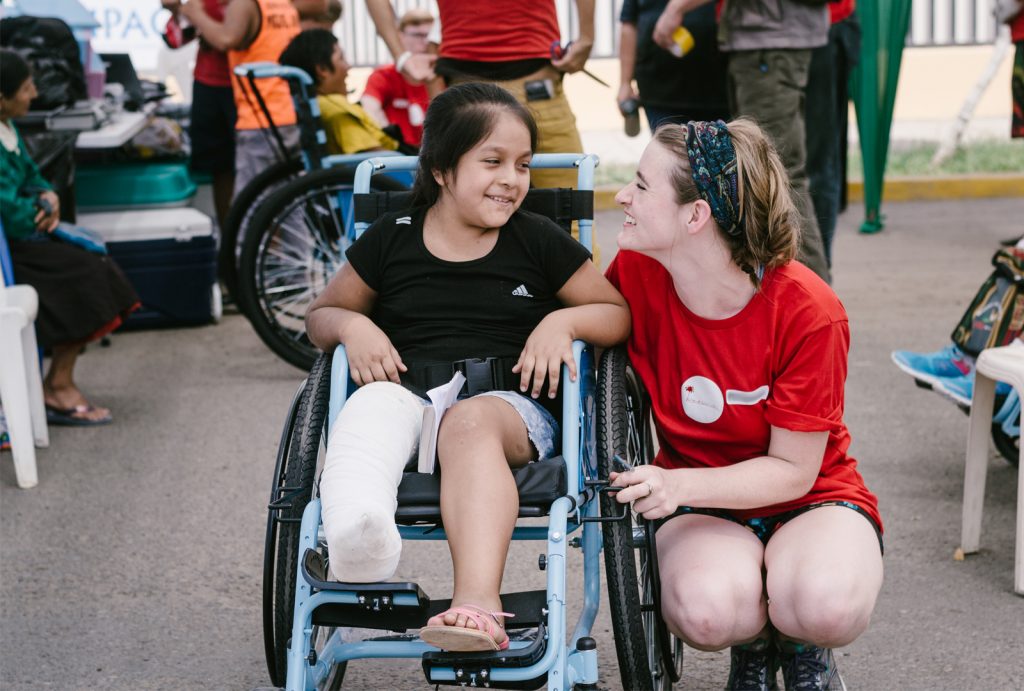Speaking Respectfully About Disability
When talking to and about individuals with disabilities, it is important to use language that reflects dignity and respect.
People with disabilities are people first, just like everyone else.
Therefore, it is always best to address them by their names.

Here are some tips on speaking about disability:
Use the Person's Language Preference
Every person is different and may have different preferences. Listen to how someone refers to themselves. If someone tells you what they prefer, use that language. In general, both person-first language and identity-first language can be respectful.
“Person-first language” emphasizes the individual, prioritizing their personhood over their disability. This is commonly used in writing and in the medical field. It’s a subtle yet powerful shift in perspective that fosters inclusivity and recognition of each person’s humanity.
Examples of People First Language include saying:
- “Person with a disability” instead of “disabled person” or “handicapped person”
- “Person who uses a wheelchair” instead of “crippled” or “confined to a wheelchair”
- “Person who is blind” instead of “the blind”
“Identity-first language” emphasizes that the person’s disability is an important part of who they are and it is not possible to separate it from who they are as a person. “Disabled” and “disability” are not bad words. Some disabled communities prefer to use identity-first such as the Autistic community and the Deaf community.
For instance:
- Disabled person
- Autistic child
- Deaf person
- Wheelchair user
Again, due to diverse perspectives, it is important to understand how each individual prefers to be addressed.
Be Aware of Outdated Language
The language surrounding disabilities has changed over time. Although some words and phrases have been commonly used in the past, they can be disrespectful towards people with disabilities and should be avoided. Some words and phrases to avoid using include:
- Handicap/Handicapped. Instead, when referring to accommodations for people with disabilities, use the term “accessible.”
- Differently abled/Special Needs. Both of these terms are euphemistic and it is typically more appropriate to say “disability” or “person with a disability.”
- Cripple/Crippled. Instead, use the term “person with a physical/mobility disability.”
- Retard/Retarded. Instead, use the term “person with a cognitive/developmental disability.”
Avoid Adjectives that Limit and Alienate
Again, it is important to remember that people with disabilities are people first. Avoid using these words to describe people with disabilities:
- Limited
- Abnormal
- Impaired
- Afflicted
- Poor/Unfortunate
Ultimately, the language we use reflects our attitudes and values towards others. By embracing people’s language preferences, we promote a culture of inclusivity and acceptance.
Together, we can continue to advocate for respectful language and accessibility for individuals with disabilities.
